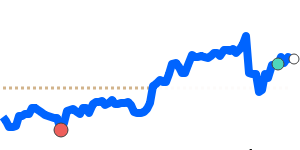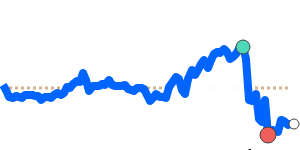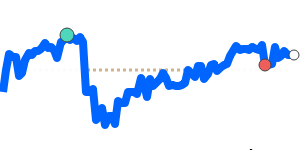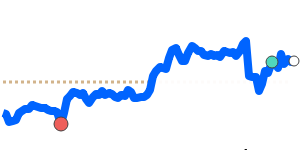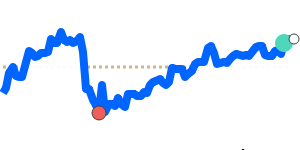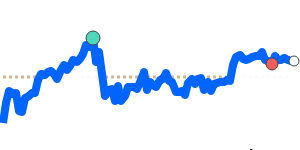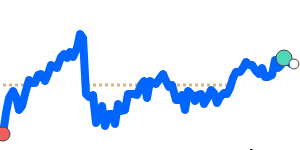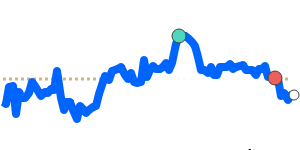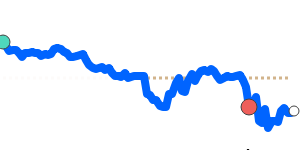The USD to NOK exchange rate has been showing some stability recently, standing at 10.14—just 0.6% above its 3-month average of 10.08. This indicates that the currency pair has traded within a narrow range of 3.6%, from 9.8909 to 10.25, reflecting a balanced market sentiment in the face of varying economic indicators.
Recent developments suggest a bearish outlook for the US dollar, primarily driven by expectations of aggressive rate cuts from the Federal Reserve in 2026 following a notable decline in inflation, which dropped from 3% to 2.7% in November. Analysts suggest that this softer inflation print has led to increased selling pressure on the USD, as traders anticipate a dovish Fed stance that would likely narrow interest rate differentials and weigh on the currency's strength. The USD has also faced headwinds from a mixed economic landscape in the U.S., where strong labor market indicators coexist with signs of slowing growth.
Conversely, the Norwegian krone has received support from the Norges Bank's decision to maintain its policy interest rate at 4.0% while managing persistent inflationary pressures, which rose to 3.6% in September. Analysts believe that the Bank’s cautious approach to rate cuts will help the krone retain some strength against a backdrop of competitive yields, especially as Norway's economy continues to leverage its robust energy sector.
Fluctuations in global oil prices play a significant role in influencing the NOK, given that Norway is a key oil exporter. Currently, oil prices are trading at $60.53, which is 5.2% below their 3-month average of $63.82, reflecting a volatile range from $59.04 to $70.13. Such price movements can directly impact the krone's value, with rising oil prices generally leading to a stronger NOK.
In light of this economic context, market participants are advised to keep an eye on upcoming data releases, especially surrounding U.S. inflation and unemployment figures, as well as oil price trends, which will likely dictate the direction of the USD/NOK exchange rate in the near term. As both currencies navigate their respective economic landscapes, the interplay between U.S. monetary policy and Norway's inflation control measures will be crucial in shaping future exchange rate dynamics.
